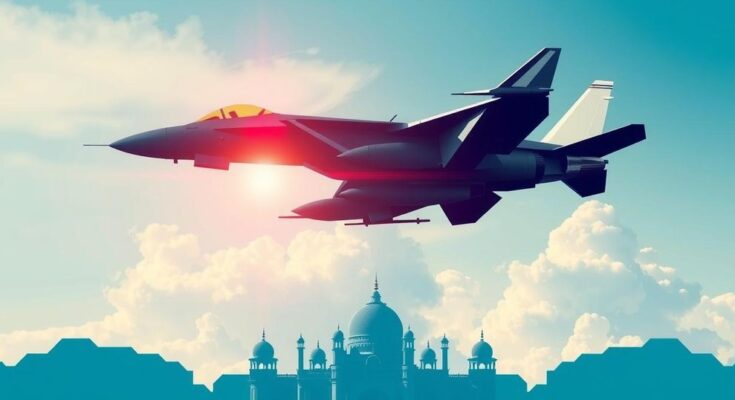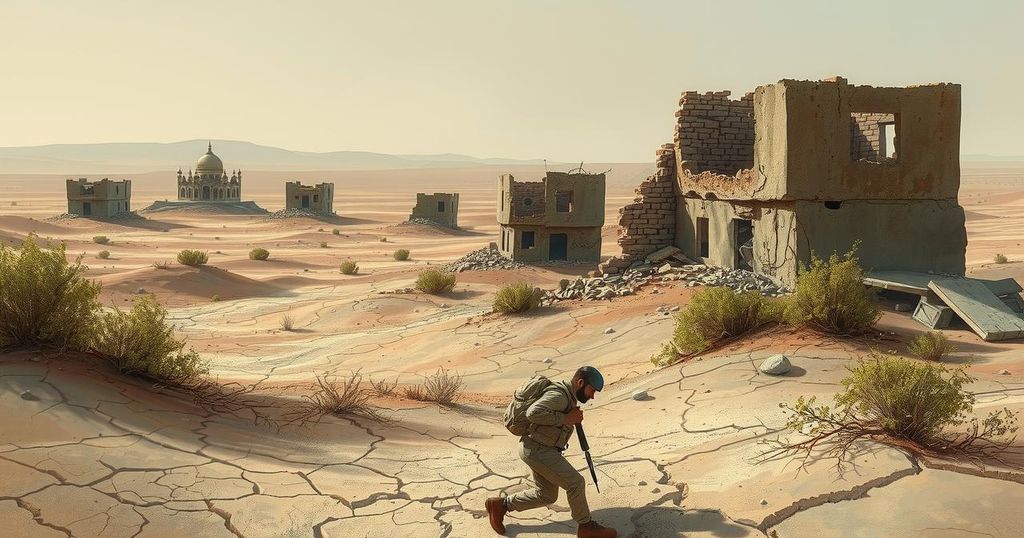India plans to invest $200 billion over the next decade to modernize its military in response to heightened tensions with China. The U.S. and India are strengthening their defense ties, with India acquiring more American military equipment. Although challenges exist in procurement and dependence on Russian arms, India emphasizes self-sufficiency through domestic production initiatives. This strategy aims to enhance national security while entering competitive global defense markets.
This week’s edition of CNBC’s “Inside India” newsletter highlights India’s ascension as a significant player in defense, despite its status as the world’s leading arms importer. The country is poised to invest around $200 billion over the next decade to enhance and modernize its military capabilities, primarily due to geopolitical tensions with China rather than its traditional rivalry with Pakistan.
India is increasingly concerned about China’s aggressive expansion, particularly in the Indian Ocean, as highlighted by international analysts. The presence of Chinese military assets near India’s borders and maritime approaches has fueled the urgency to bolster defense. Pravin Krishna, an international economics professor at Johns Hopkins University, emphasized, “China’s expansionist policies and military buildup … remain a serious challenge.”
Notably, United States-India relations have strengthened, with Prime Minister Narendra Modi’s recent discussions with President Donald Trump focusing on defense cooperation. Modi has agreed to procure more U.S. military equipment, aiming to reduce the trade deficit while enhancing military readiness. Former Ambassador to India, Kenneth Juster, remarked on the rapid progress made in bilateral defense dealings within the new administration.
While New Delhi pursues advanced U.S. weaponry, such as the F-35 fighter jets, it faces eligibility challenges given its ongoing purchase of Russian arms. Analysts believe that even if an exception is made, complications may arise, as noted by Roman Schweizer, a defense policy expert at Cowen Washington Research Group: “We believe there will be some challenges completing the sale given India’s use of Russian military systems.”
India is expected to maintain significant defense spending, with projections indicating an annual capital expenditures growth of 8% from 2024 to 2026. According to Atul Tiwari, a JPMorgan analyst, this expenditure is largely driven by India’s own security-related needs. Nonetheless, India continues to trail China, whose military budget is approximately three times larger and expanding rapidly.
The U.S. arms procurement strategy may also be hindered by capacity issues, complicating India’s ambitions for advanced military resources. This is exacerbated by the fierce competition for U.S. weapons among global buyers. Tara Hariharan, a macro research head at NWI Management, remarked, “Limited investment in manufacturing … means the U.S. defense industrial base faces capacity constraints.”
In response to these challenges, India is striving for self-sufficiency through its “Make in India” initiative, aiming to produce more defense equipment domestically. Partnerships, such as the collaboration between General Electric and Hindustan Aeronautics, signal a shift towards indigenous capabilities. Sources indicate that discussions between Modi and Trump on technology transfer are pivotal for accelerating this transition to local production.
As India navigates this complex geopolitical landscape while enhancing its military capabilities, it aims to attract both U.S. and Russian defense investments. This requires a delicate balance between foreign partnerships and domestic production ambitions, ensuring a robust defense strategy that meets emerging threats effectively.
In conclusion, India’s concerted efforts to augment its defense capabilities reflect its response to heightened tensions with China and its desire to assert itself regionally. The country is investing heavily in modernizing its military and pursuing strategic partnerships with the United States while striving for greater self-sufficiency through domestic production. Navigating these challenges will be crucial for India as it balances foreign alliances with the need for indigenous technological advancements in defense.
Original Source: www.cnbc.com




